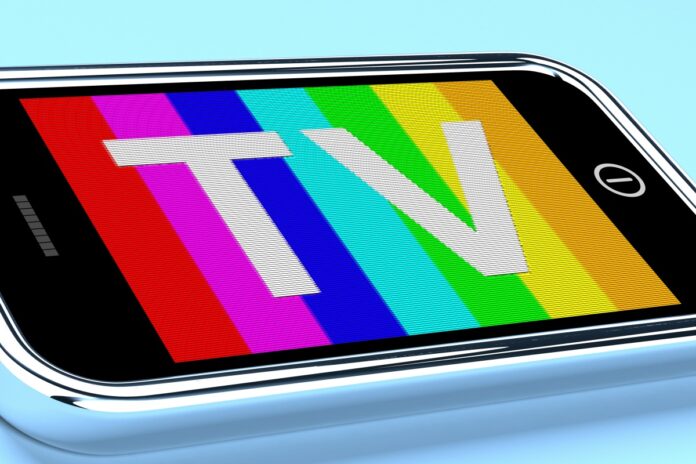Declining pay TV subscriptions in the UK suggest that cord-cutting, which is well established in the US, is beginning to affect the European market.
The number of pay TV households in the UK declined by 424,000 in 2018, according to new research by Strategy Analytics. This was the largest drop in any European country. However, Denmark, Switzerland and Germany are also seeing declines.
Pay TV is still growing in some countries such as Russia, France, Poland and Spain, where the pay TV market is generally less mature, Strategy Analytics found.
Overall, the number of pay TV subscriptions across Europe rose slightly in 2018, reaching 128.5 million. However, the 1.3% growth rate was down on the previous year’s 2.2%. This trend suggests subscriptions across the continent will begin to fall within the next year or two, according to the analysts.
Telcos’ impact
The European Pay TV Index report finds that telco operators like Orange and Deutsche Telekom are faring better than traditional cable and satellite players like Comcast (which owns Sky) and Liberty Global (which includes Virgin Media). Telco TV subscriptions rose 5.4% in 2018, compared to a decline for their rivals of 1.3%
In spite of this, Comcast and Liberty Global remain the leading pay TV providers in Europe, with subscriber market shares of 14.9% and 13.8% respectively
The analysts said Europe’s pay TV market remains highly fragmented, with the top five players accounting for less than half of all subscribers.
Michael Goodman, Director, TV & Media Strategies, said, “We have seen the cord-cutting trend for several years in the US, where the pay TV business is more mature. Now it is starting to hit major markets in Europe, and this spells trouble for pay TV operators which cannot adapt to the needs of today’s viewers.
“The threat of falling subscriber revenues and stronger OTT rivals will also increase pressure from investors for further consolidation across the industry.”
The analysis only included traditional pay TV services delivered via cable, satellite, telco TV (IPTV) and terrestrial broadcasts. It excluded online video services such as Netflix and NowTV.



